Inertial Sensor: Unlocking Precision and Innovation
Dive into the cutting-edge realm of inertial sensor technology, where precision meets innovation. Explore how these advanced sensors revolutionize navigation, enhance motion control, and power immersive experiences across industries such as automotive, consumer electronics, and aerospace. Discover their pivotal role in shaping the future of robotics, healthcare monitoring, and virtual reality applications, driving forward technological advancements worldwide.
Inertial Sensor
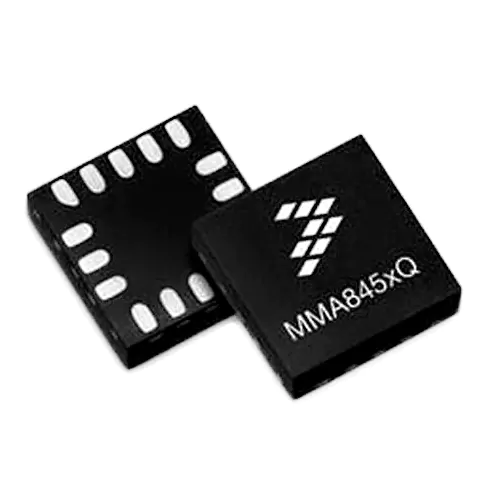
Inertial Motion Sensor - MMA8451QR1
The MMA8451QR1 is a 3-axis accelerometer manufactured by NXP Semiconductors. It’s designed for low-g applications, meaning it’s optimized to measure accelerations within a specific, lower range compared to other accelerometers.
Key Features:
Low-g measurement range: Ideal for applications that don’t require high acceleration detection.
3-axis: Measures acceleration along three axes (X, Y, Z).
Low power consumption: Suitable for battery-powered devices.
Small package size: Easy to integrate into compact designs.
Applications:
Tilt sensing, Motion detection, Free-fall detection, Gesture recognition, Gaming controllers, and Wearable devices.
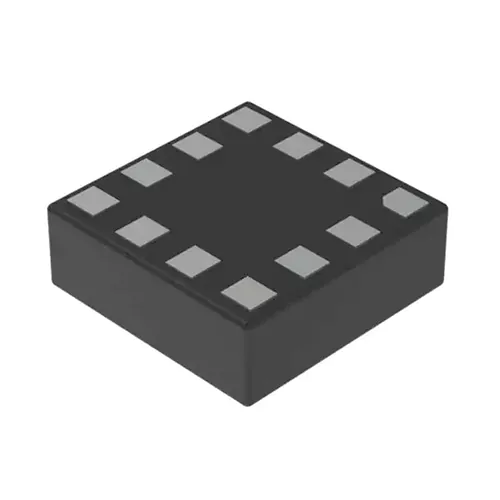
Inertial Motion Sensor - LIS2DW12TR
The LIS2DW12TR is a high-performance, ultra-low-power 3-axis MEMS digital output motion sensor manufactured by STMicroelectronics. It’s a three-axis accelerometer designed to detect device movement and orientation.
Key Features:
Ultra-low power consumption: Ideal for battery-powered devices.
High performance: Offers high measurement accuracy and sensitivity for precise motion detection.
Versatile: Supports various operating modes including single/double tap recognition, free-fall detection, and more.
Compact size: Small form factor for easy integration into various electronic products.
Digital output: Provides digital output signals for convenient communication with microcontrollers and other digital circuits.
Applications:
Smartphones and tablets: Screen rotation, motion control, step counting.
Wearable devices: Motion tracking, sleep monitoring.
IoT devices: Motion detection, location tracking.
Industrial automation: Vibration monitoring, tilt measurement.

Inertial Measurement Unit IMU Sensor - ASM330LHHTR
The ASM330LHHTR is a 6-axis inertial measurement unit (IMU) produced by STMicroelectronics. It’s specifically designed for automotive applications.
Key Features:
Automotive-grade reliability: Designed to withstand harsh automotive environments.
Low power consumption: Efficient power management for extended battery life.
High performance: Accurate and precise measurements for reliable system performance.
Compact size: Suitable for space-constrained automotive applications.
Integration capabilities: These can be easily integrated into automotive systems.
Inertial Sensor Applications
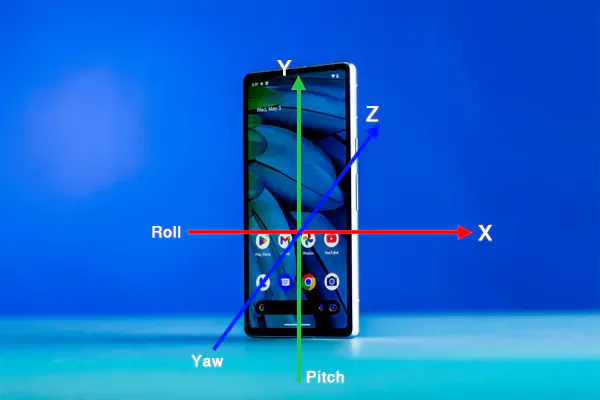
In consumer electronics, like smartphones and tablets, inertial sensors enable several key functionalities. They ensure precise screen rotation based on device orientation, enhance gesture recognition for intuitive user interactions, and facilitate responsive gaming controls by detecting motion and tilt. These sensors make possible seamless transitions between portrait and landscape modes, intuitive gestures like shaking to undo actions or tilting for menu navigation, and dynamic gaming experiences.
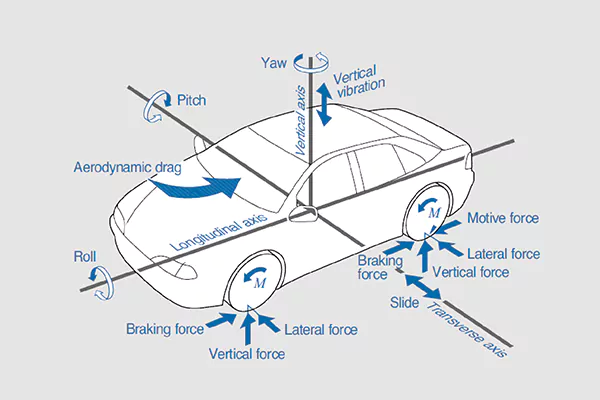
Inertial sensors are integral to stability control systems, where they measure vehicle acceleration, deceleration, and angular velocity to assist in maintaining stability and preventing skidding. They are also crucial components of navigation systems, providing accurate vehicle positioning and heading information. In autonomous driving, Inertial Measurement Units (IMUs) combine accelerometers and gyroscopes to provide real-time data for vehicle motion and positioning without relying on GPS alone.
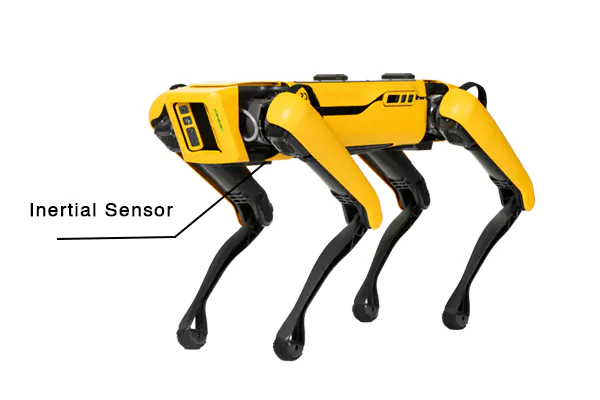
Inertial sensors enable robots to achieve precise motion control by measuring acceleration, angular velocity, and orientation. They are essential for navigation in complex environments, allowing robots to map surroundings, avoid obstacles, and localize themselves accurately. In drones, inertial sensors contribute to stable flight and precise movement control.
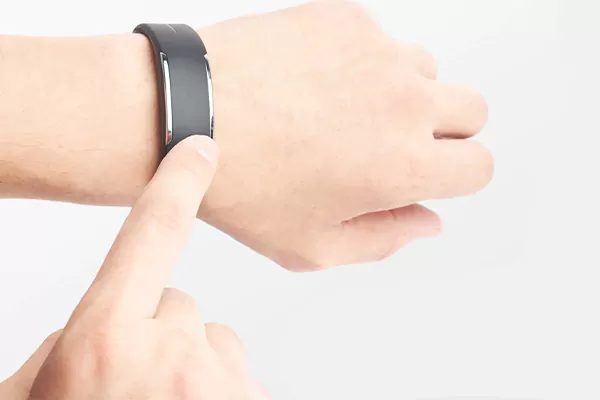
Inertial sensors are utilized in wearable devices for healthcare applications such as activity monitoring, where they track movements like walking, running, and climbing stairs to provide insights into physical activity levels. They also play a crucial role in fall detection systems, instantly alerting caregivers or emergency services in case of a fall. In rehabilitation, inertial sensors aid in monitoring and analyzing movements during therapy sessions to track progress and ensure proper technique.
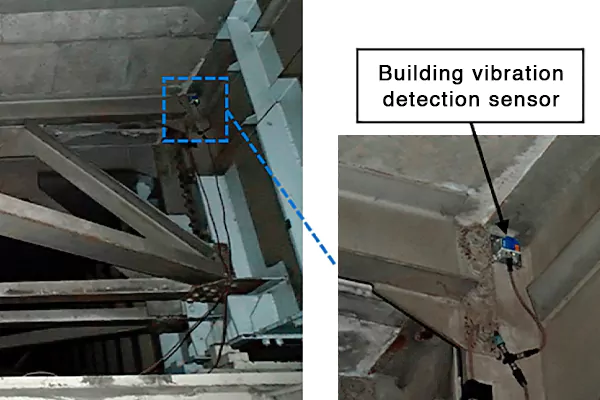
Inertial sensors are employed in industrial settings for monitoring machinery vibration, which can indicate potential faults or maintenance needs. They are also used for structural health monitoring of buildings and infrastructure, providing data on vibrations and movements that could affect stability and safety. Inertial navigation systems are utilized indoors where GPS signals are unavailable, ensuring accurate positioning and movement tracking of machinery and vehicles.
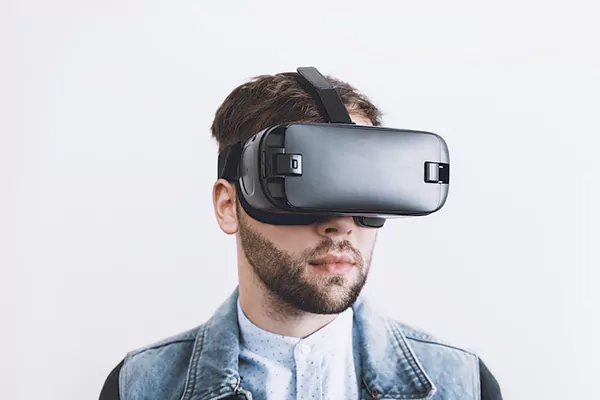
Inertial sensors contribute to immersive experiences in VR and AR by tracking head movements and spatial orientation. They enable users to interact with virtual objects and environments realistically, enhancing the sense of presence and immersion. In AR applications, inertial sensors overlay virtual information seamlessly onto the real world, aligning virtual elements with the user’s physical surroundings based on their movements and orientation.